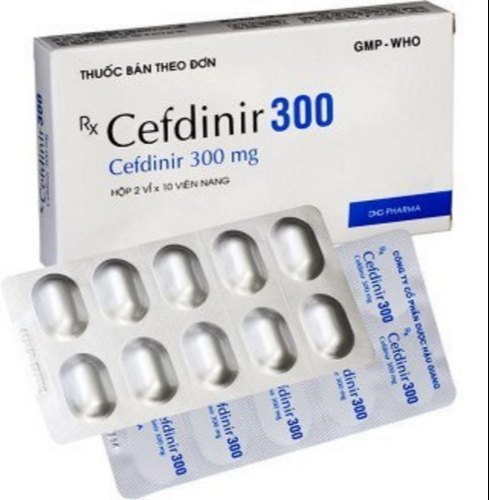Introduction:
In the world of antibiotics, Cefdinir 300mg emerges as a versatile and potent player, offering relief to those grappling with bacterial infections. This cephalosporin antibiotic is renowned for its efficacy against a spectrum of bacteria, making it a trusted choice for healthcare professionals in various clinical scenarios. In this blog, we delve into the depths of Cefdinir 300mg, exploring its mechanism of action, common uses, potential side effects, and the importance of responsible antibiotic use.
Understanding Cefdinir 300mg:
Cefdinir belongs to the cephalosporin class of antibiotics, known for their broad-spectrum activity against both gram-positive and gram-negative bacteria. Marketed under various brand names, Cefdinir 300mg is often prescribed in the treatment of bacterial infections ranging from respiratory tract infections to skin and soft tissue infections.
Mechanism of Action:
The efficacy of Cefdinir lies in its ability to interfere with the bacterial cell wall synthesis. Like other cephalosporins, Cefdinir inhibits the transpeptidation step of peptidoglycan synthesis in the bacterial cell wall, leading to weakened cell walls and eventual bacterial cell death. This mechanism makes Cefdinir effective against a diverse range of bacteria, making it a valuable asset in the fight against infections.
Common Uses:
- Respiratory Tract Infections:
- Cefdinir 300mg is frequently prescribed for respiratory tract infections, including bronchitis and community-acquired pneumonia. Its broad-spectrum activity makes it effective against common pathogens involved in these infections.
- Skin and Soft Tissue Infections:
- In cases of skin and soft tissue infections caused by susceptible bacteria, Cefdinir 300mg is a reliable choice. Its ability to penetrate tissues makes it effective in addressing bacterial infections at the site.
- Ear Infections:
- Otitis media, a common ear infection, can be successfully treated with Cefdinir 300mg. Its effectiveness against various bacteria involved in ear infections makes it a popular choice for pediatric patients.
- Sinus Infections:
- Sinusitis, often bacterial in nature, responds well to Cefdinir. Its broad coverage against both gram-positive and gram-negative bacteria makes it suitable for tackling infections in the sinus cavities.
Potential Side Effects:
While Cefdinir 300mg is generally well-tolerated, like any medication, it may be associated with certain side effects. Common side effects include gastrointestinal symptoms such as diarrhea, nausea, and abdominal pain. It is crucial to report any severe or persistent side effects to a healthcare professional promptly.
Responsible Antibiotic Use:
The rise of antibiotic resistance is a global concern, emphasizing the importance of responsible antibiotic use. Cefdinir 300mg should be taken exactly as prescribed by a healthcare provider, and the full course should be completed even if symptoms improve before the medication is finished. Skipping doses or discontinuing the antibiotic prematurely can contribute to the development of antibiotic-resistant bacteria.
Furthermore, antibiotics should only be used to treat bacterial infections, as they are ineffective against viral infections like the common cold or flu. Patients are advised not to self-prescribe antibiotics and to consult with a healthcare professional for an accurate diagnosis before initiating antibiotic therapy.
Conclusion:
In the realm of antibiotics, Cefdinir 300mg stands as a valuable tool in the hands of healthcare professionals, offering a broad-spectrum solution to combat bacterial infections. While its efficacy is noteworthy, the responsible use of antibiotics is equally crucial in the ongoing battle against antibiotic resistance. As we navigate the complexities of bacterial infections, Cefdinir 300mg remains a beacon of hope, providing relief and healing to those in need. Always consult with a healthcare professional for personalized advice and guidance regarding the use of Cefdinir 300mg.





Comments